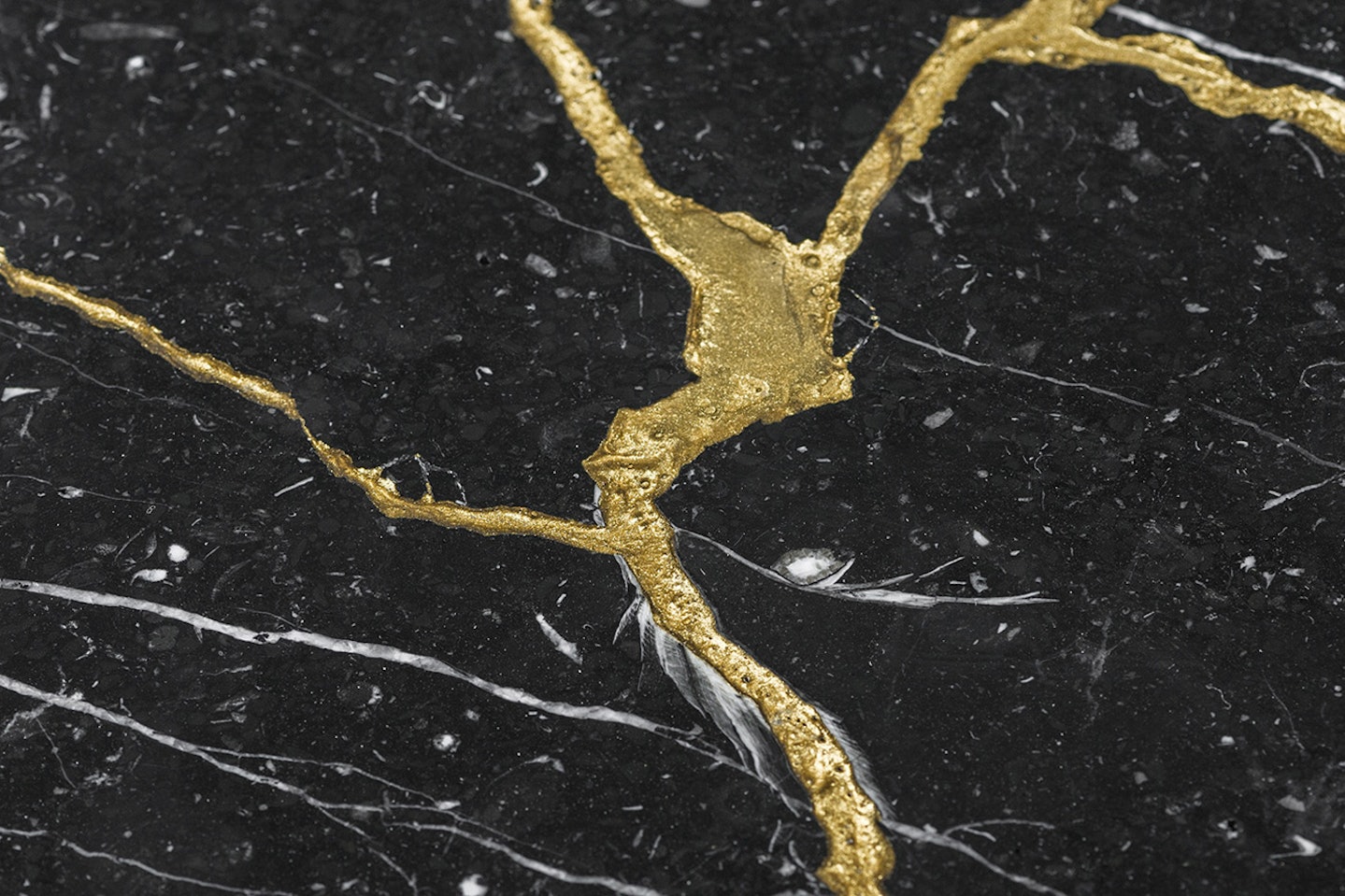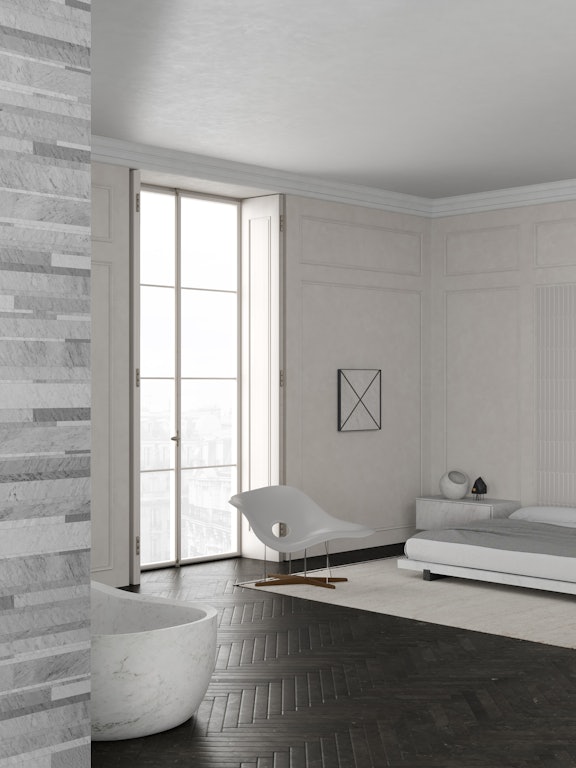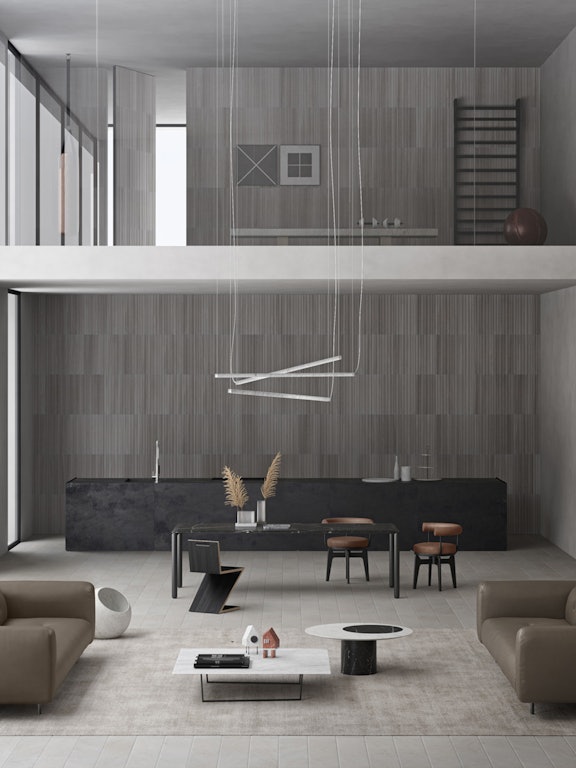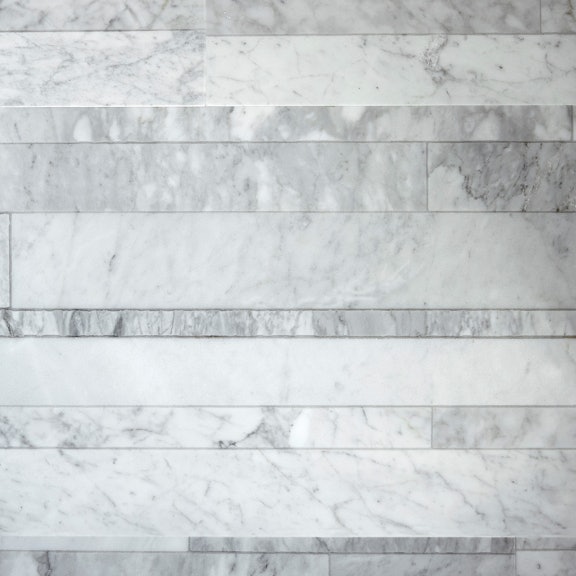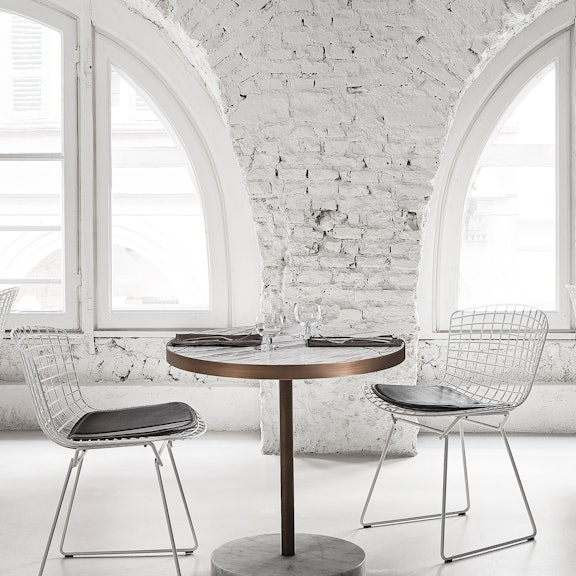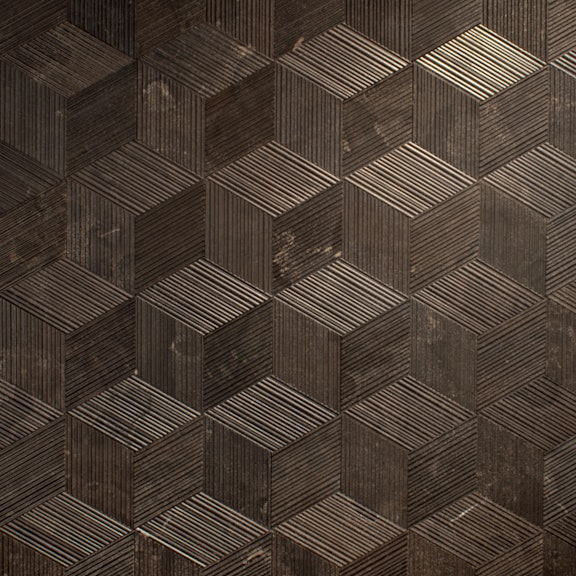Craftsmanship and innovation in design: how can they coexist?
03.2022
Lost Stones and Lithoverde® manage to take unused materials, such as old marble slabs and production waste, and turn them into a new, unique voice of design
How craftsmanship and innovation can coexist in design.
People often tend to think that craftsmanship implies a reality that, true to the handmade soul, speaks a closed language, perhaps of extraordinary value, but unable to communicate to a wide audience. In fact, this is not necessarily the case, quite the contrary.
Innovation can also come from repurposing, from remaking, and from showing what was already there, albeit not in the same form. It is the craftsman’s eye that knows how to see new identities where others see only dead ends. We think everyday with a view to produce something that has never been seen, conceptually or visually, before.
Lost Stones and Lithoverde® are two projects that fill us with pride, because they belong uniquely to the company’s visionary flair and because they fully meet these requirements. Let’s discover them together.
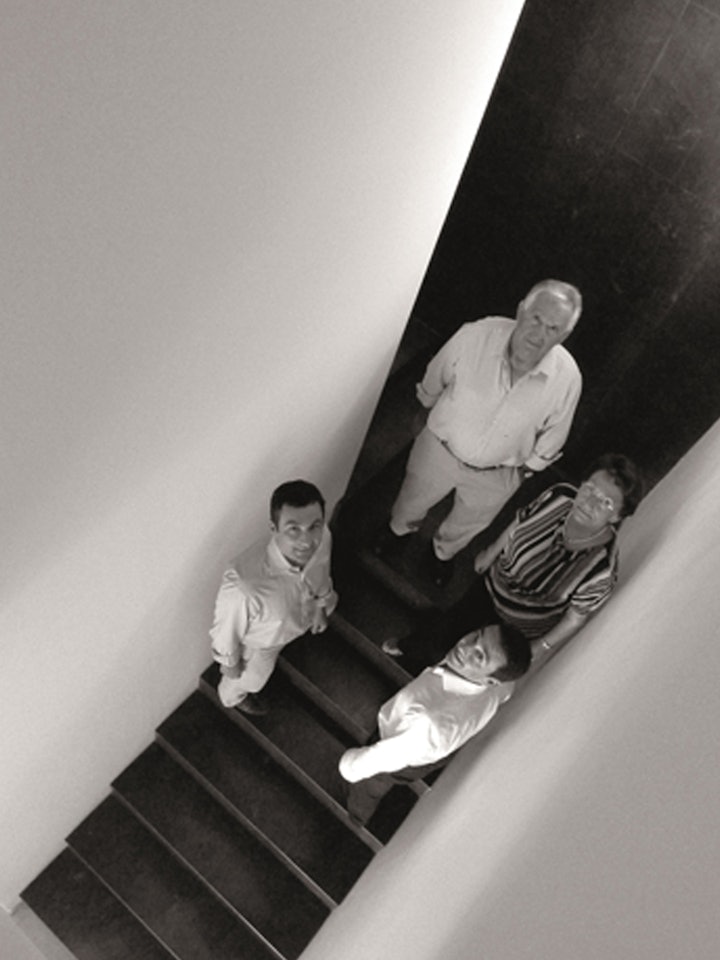
Lost Stones, the Japanese philosophy that gives objects new life
To find the lost, we have to go to Japan while staying in Italy. Apparently a paradox, made possible by the extraordinary creative mind of Piero Lissoni. Lost Stones is the result of a strong and profound friendship between Gabriele Salvatori and Lissoni himself. For years the architect had been suggesting to his friend that he create floors using antique marble, and the opportunity came in 2018, when Lissoni was asked to design a bistro table. The brilliant architect reinterpreted it in a contemporary style and it was at that moment that Gabriele Salvatori, while rummaging through the warehouse, found old marble slabs in a rather bad state. Lissoni immediately seized the opportunity and, just as Archimedes would have shouted “eureka!”, he exclaimed “kintsugi!”. This curious word, which etymologically combines the words “gold” (“kin”) and “rejoining” (“tsugi”), refers to an ancient Japanese practice that consists of soldering fragments of a broken ceramic object with gold, liquid silver, or lacquer powder, a repair that does not hide the scars, but rather highlights them with pride, underlining the history and new life of the object itself.
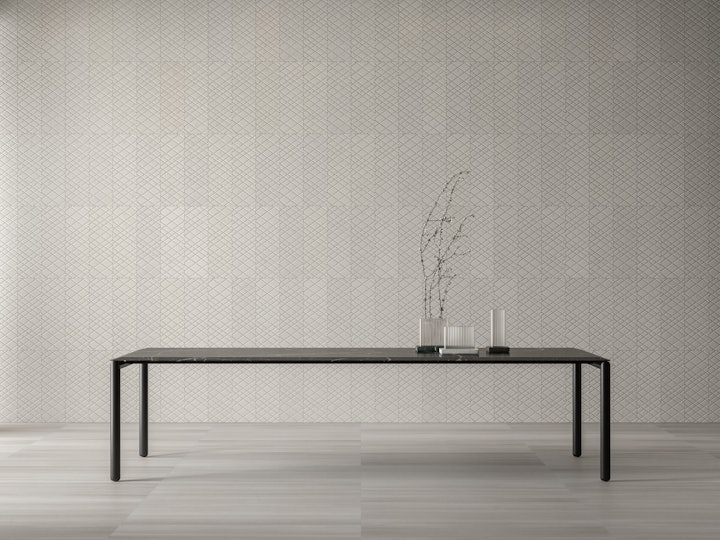
Lissoni decided to do the same with stone: searching through the most disparate depositories, he managed to find remnants of the same marble used by Mies Van der Rohe in the Barcelona Pavilion, some blocks of the marble used for Notre Dame Cathedral, and some used in St. Peter’s Basilica. Not only was this therefore research of the highest aesthetic value, but it was also of priceless historical importance. And so the so-called lost stones became the symbol of a completely new and unique reality, capable of taking design into a dimension that was hardly conceivable. As Michelangelo used to say, the work of art is already in the marble, you just need to know how to reveal it to the eyes of those who would otherwise not be able to see it.
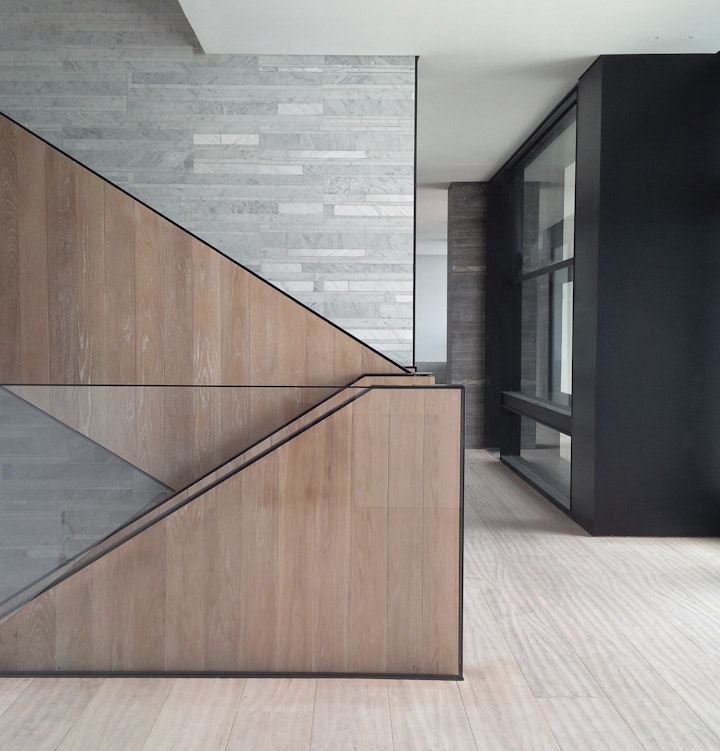
Lithoverde®, when scraps become art
With Lithoverde® we tried, and succeeded in doing what no one else had ever thought of doing: creating a texture from recycled stone. We aimed to look precisely where other eyes did not linger, namely the scraps and waste material. Why take an interest in what the production process expels? Easy, because these scraps represents a considerable percentage of the starting block of material. It has been calculated that on average less than half of the initial marble sees the light of day in the finished product, resulting in a waste of resources and a considerable burden in terms of disposal and pollution. Lithoverde® was born to be an answer to both problems, a benefit for both the company and the environment. This extraordinary creation uses 99% of the aforementioned waste materials, with the remaining 1% made up of a natural soy-based resin that works to bind everything together.
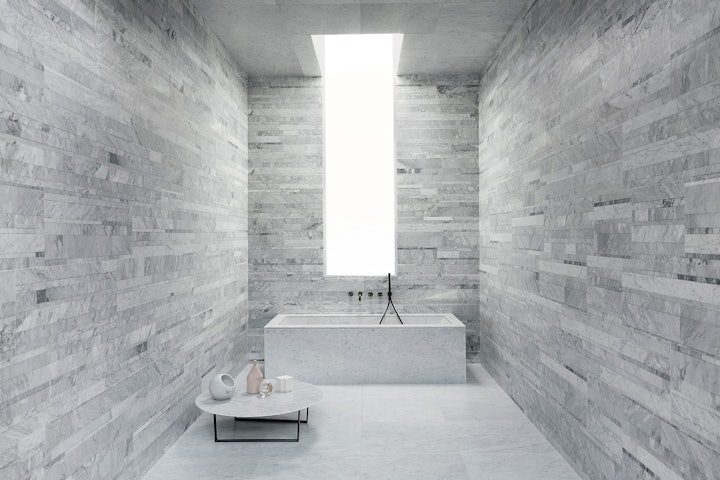
The revolution brought about by Lithoverde® in this field has not gone unnoticed, indeed it immediately received praise and prestigious international recognition: the SCS (Scientific Certification Systems) certification, for example, is the seal awarded to eco-sustainable materials. And that’s not all: those who use Lithoverde for their buildings will receive a high score (LEED Leadership in Energy and Environmental Design) in the value system created by the U.S. Green Building Council to reward architecture that stands out in the eco-sustainable world.
So Lithoverde® is anything but a discarded reality!
